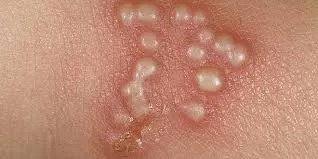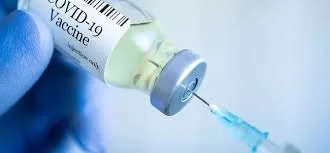A groundbreaking study led by researchers at The University of Texas at Austin has unveiled the first comprehensive brain-wide map detailing how sexual activity relates to lasting love. Published in the journal eLife, the study delves into the brain activity of prairie voles, shedding light on the intricate neurological processes underlying mating and pair bonding.
Prairie voles, small Midwestern rodents renowned for forming long-term, monogamous relationships, served as the focal point of this research. By mapping brain regions activated during mating and bonding in these creatures, the team identified 68 distinct brain regions organized into seven circuits.
“This brain-wide map offers unprecedented insights into the neural mechanisms governing bonding behaviors in prairie voles,” remarked Steven Phelps, Professor of Integrative Biology at UT Austin. “It’s a significant step forward in understanding the complexities of love and attachment.”
Surprisingly, the researchers discovered that both male and female voles exhibited strikingly similar patterns of brain activity during bonding, contrary to previous assumptions about sex-specific mechanisms. “Traditionally, it was believed that differences in sex hormones would lead to distinct brain activity between males and females. However, our findings challenge this notion,” Phelps explained.
Using advanced techniques, the team pinpointed precisely which brain cells were active at various stages of bonding. This meticulous approach, applied for the first time in prairie voles, provided unparalleled insights into the neural dynamics of mating and bonding processes.
An unexpected revelation emerged from the data: male ejaculation emerged as the strongest predictor of brain activity associated with bonding. This finding suggests that the experience of ejaculation triggers profound emotional states, not only in males but also in females, fostering stronger bonds between mating partners.
“The correlation between male ejaculation and bonding-related brain activity hints at the profound role of emotional experiences in forging connections,” Phelps noted. “If our hypothesis holds true, it implies that orgasms may serve as a catalyst for promoting emotional bonding, a concept long speculated in human relationships.”
By studying over 200 prairie voles across multiple stages of mating and bonding, the researchers compiled a rich dataset, laying the groundwork for future investigations into the neurobiology of social attachment.
This pioneering research not only deepens our understanding of the neural mechanisms underlying love and bonding but also raises intriguing questions about the parallels between animal and human behavior in the realm of relationships.











